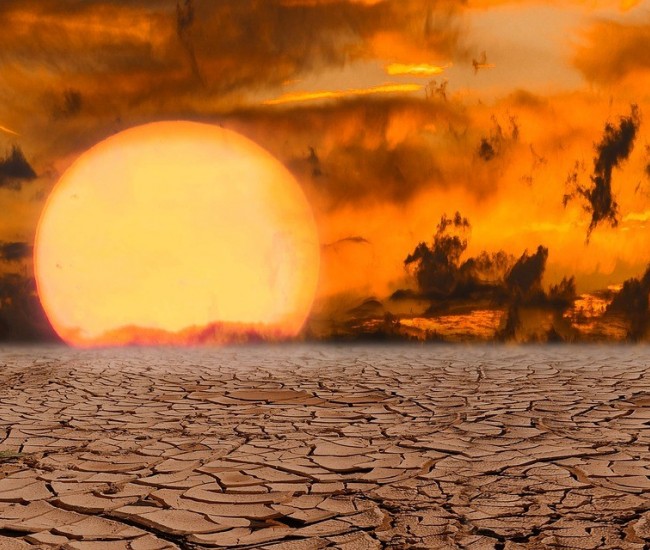The National Weather Service wrote in its International Meteorological Analysis Wednesday that Europe was marked by a significant lack of precipitation in many places until mid-February, which could cause problems in the spring, when vegetation begins to develop and needs more moisture.
According to the report, the period between January 1 and February 17 in Europe was marked by a significant lack of precipitation in many places. Rainfall was up to 50 percent below average in some parts of the Iberian Peninsula, southern France, northwestern Italy and Germany. There is also a lack of precipitation in the Black Sea region, as is the case in Turkey, especially in its western part. In Ukraine and in the central and southern regions of the European territory of Russia, a lack of precipitation is typical. They write that the problem may appear in the spring when plants begin to grow and need more moisture.
They added: The northern regions are also “facing” a shortage of snow, which may lead to insufficient water availability for irrigation in the spring and summer seasons. On the other hand, precipitation in the Carpathian Basin, Croatia and Slovenia exceeded the average amount by more than 50 percent.
In general, winters in Europe were milder than average, and the number of cold days was much less than normal. During this period, the weather was 2-4 °C milder in the Netherlands, Germany, Central Europe, Romania, Bulgaria, most of Eastern Europe, Scandinavia, and eastern Turkey. In some places, the temperature exceeded the average for many years during this period by 4-6, and in some places even by 6-8 degrees. The biggest difference was in the northern regions of the European part of Russia, where this part of the winter was about eight degrees milder than average.
On the other hand, the weather was slightly cooler than average – 0.5-2 °C below average for several years – in the Iberian Peninsula, southwestern France, southern Italy, southwestern Turkey, and in the eastern part of Russia. European lands.
They wrote in the analysis: A series of hurricanes swept the United States of America from Louisiana to West FloridaRainfall of about 100 mm or more fell in several places during the second week of February, mainly in the southeastern states, as well as from northeastern Texas to Arkansas and the northwest coast. However, the rest of the country remained largely dry. Severe cold was pushed mainly to the mountain regions in mid-February, normal or mild weather prevailed in most states, and the weather was particularly mild in the northern and northeastern regions, North Dakota and the Great Lakes region.
In Australia, dry, sunny and warm weather in southern Queensland is conducive to the ripening and early harvest of sorghum, At the same time, due to the large evaporation, the moisture content of the soil is constantly decreasing and the summer plants that are still in the process of growing have to be watered more and more. In general, the main agricultural crops are still in good or excellent condition in the eastern production areas of Australia, and the wheat crop this year is estimated at 38 million tons, which is a record high value, and 5 percent more than last year’s wheat crop, which was also new record.
In South Africa, rainy but mostly mild weather in the eastern part of the country continued to provide good prospects For maize and other non-irrigated summer crops.
In Argentina, the January drought continued into the first half of February with ever-increasing temperaturesThe expected yields of still-growing summer crops are decreasing. In most of the most important agricultural regions, there has been very little or no rainfall, and daytime temperatures have reached 40 degrees, adding to the effects of the drought.
In Brazil, even in the first half of February, the hot dry weather in the southern agricultural regions of the country put great stress on the summer crops that were still in the process of growing. The rains reached the northern producing regions, and from the middle of the month the rainy weather spread to the southern landscapes as well. Heavy rains caused severe flooding in the southeastern part of the country.












































